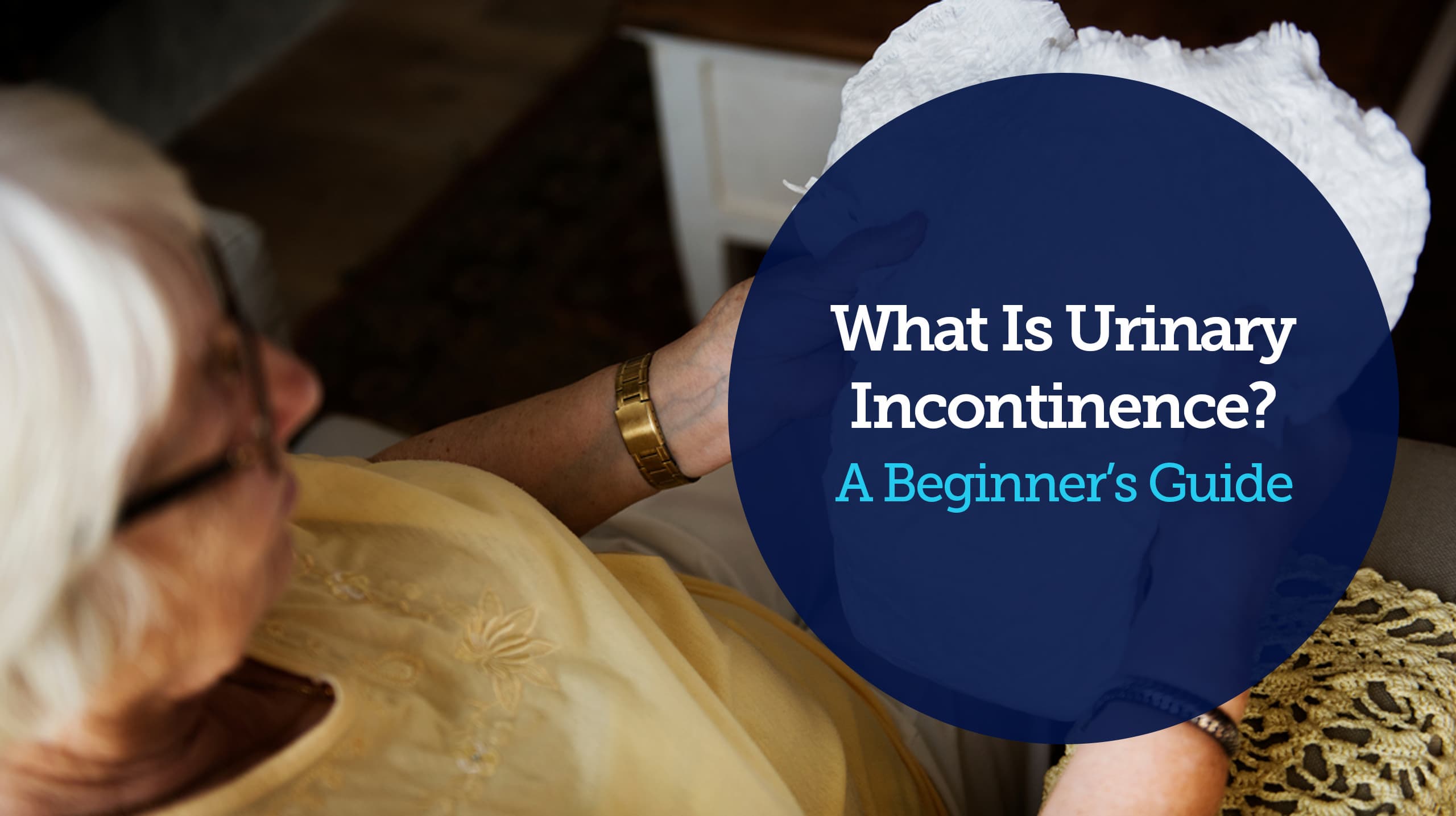Urinary incontinence means you pass urine without intending to. Many call it bladder leakage. It is not a disease, but a symptom of changes in the body. Some people experience occasional leaks when coughing. Others may have stronger urges and cannot reach the toilet in time.
This condition affects men and women. It is more common in older adults, but it is not only linked to ageing. With the right support, you can manage symptoms and reduce their effect on daily life.
This guide explains the types, causes, risk factors, and treatment options. It also covers how to talk to your doctor and what products can help you live more comfortably.
Understanding the Meaning of Incontinence
The medical meaning of incontinence is the loss of voluntary control over urination. The bladder and pelvic floor muscles usually hold urine until you choose to release it. When these systems weaken or fail, leakage occurs.
Key terms:
- Urinary incontinence: general term for urine leakage.
- Stress incontinence: leakage when pressure is placed on the bladder.
- Urge incontinence: a sudden strong urge followed by leakage.
- Overflow incontinence: the bladder does not empty fully, leading to dribbling.
- Functional incontinence: physical or mental conditions make it hard to reach the toilet in time.
- Mixed incontinence: a combination of the above types.
Common Causes of Bladder Leakage
Bladder leakage may develop for many reasons. Some are temporary, others long-term.
Temporary Causes
- Urinary tract infections that irritate the bladder.
- Constipation pressing against the urinary tract.
- Medications such as diuretics that increase urine production.
- Excess alcohol or caffeine.
Long-Term Causes
- Weak pelvic floor muscles after childbirth.
- Enlarged prostate in men, often linked to ageing.
- Prostate cancer treatment, such as surgery or radiotherapy.
- Neurological disorders like Parkinson’s disease or multiple sclerosis.
- Diabetes, which affects bladder nerves and function.
- Chronic cough from smoking or lung disease that puts stress on the bladder.
Risk Factors You Should Know
Some factors increase the likelihood of incontinence:
- Age: bladder and muscles lose strength over time.
- Gender: women face higher risk after pregnancy and menopause.
- Obesity: extra weight adds pressure to the bladder.
- Family history: genetics may play a role.
- Medical conditions: prostate enlargement, diabetes, stroke, and mobility problems.
Symptoms and When to Seek Help
The main symptom is unplanned urine leakage. It may be a few drops or a full release. Other signs include:
- Urgency to urinate.
- Frequent urination, more than eight times a day.
- Night-time urination disrupting sleep.
- Pain or burning with urination, which may indicate infection.
See a doctor if leakage disrupts your life, affects confidence, or comes with pain. Early treatment often prevents symptoms from worsening.
Diagnosis and Medical Tests
Doctors diagnose incontinence through history, physical exams, and tests.
- Bladder diary: track times of urination, fluid intake, and leaks.
- Urine test: check for infection or blood.
- Post-void residual test: measure how much urine remains in the bladder.
- Ultrasound or cystoscopy: imaging to assess bladder and urethra.
Treatment Options for Urinary Incontinence
Treatment depends on the type and cause. Options range from lifestyle changes to surgery.
Lifestyle Adjustments
- Bladder training: delay urination to strengthen bladder control.
- Scheduled toilet trips: set regular times to reduce sudden urges.
- Pelvic floor exercises: Kegels strengthen the muscles that support the bladder.
- Fluid and diet management: reduce caffeine and alcohol, avoid constipation.
- Weight loss: easing pressure helps bladder control.
Medical Treatments
- Medications: drugs to calm bladder muscles or improve sphincter function.
- Medical devices: vaginal pessaries for women, urethral inserts for short-term use.
- Injections: bulking agents to close the bladder opening.
- Surgery: sling procedures, artificial sphincters, or prostate operations.
Products That Can Help
For many, products improve confidence and daily comfort.
- Absorbent pads and adult care pants: discreet and designed for different absorbency levels.
- Bed protectors: waterproof sheets or mattress covers.
- Catheters: for cases where the bladder cannot empty fully.
When choosing products, look for absorbency, fit, skin protection, and discretion. Subscription services with plain packaging are also available.
Living With Urinary Incontinence
Managing incontinence requires both medical and emotional support.
- Speak openly with your doctor or nurse.
- Join support groups to share experiences.
- Involve family for practical help and understanding.
- Plan outings with access to toilets.
Remember that you are not alone. Millions of people manage bladder leakage daily.
Prevention and Long-Term Care
While not every case is preventable, you can lower risks:
- Keep pelvic muscles strong through regular exercises.
- Stay active and maintain a healthy weight.
- Avoid smoking to reduce chronic cough.
- Manage conditions like diabetes or prostate enlargement early.
- Drink fluids wisely, enough to stay hydrated without overloading the bladder.
Key Takeaways
- Urinary incontinence means loss of bladder control.
- It can result from short-term issues or long-term medical conditions.
- Both men and women can develop symptoms.
- Treatment ranges from lifestyle changes to surgery.
- Products and discreet delivery services support dignity and comfort.
Next Step
If you experience bladder leakage, speak with a healthcare professional. Explore product solutions such as absorbent adult care pants delivered discreetly to your home. To learn more about managing symptoms and available support, visit [Your Website]/products and [Your Website]/lifestyle-guides.
